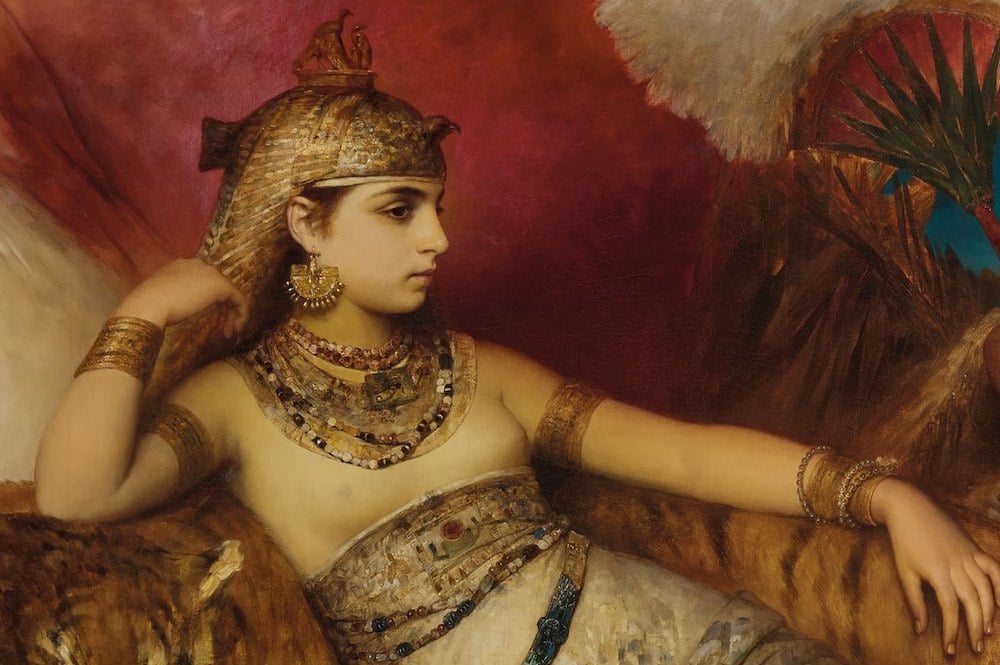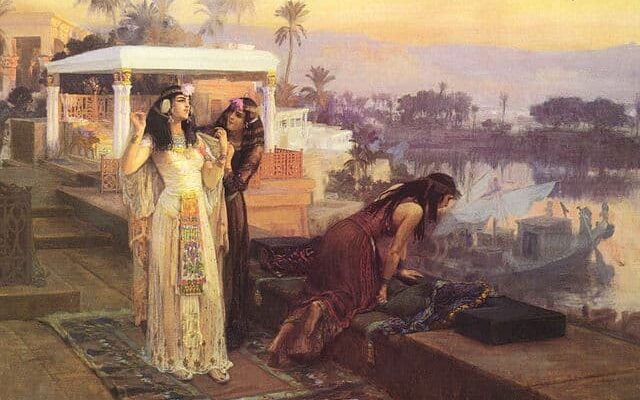
“Cleopatra’s Needles” evokes the romanticism of the famous Egyptian queen. However, like some click-bate title from the 19th century, these obelisks have no connection to Cleopatra VII. In fact, these monuments predate her by over a thousand years. How did this error come about?
European fascination with ancient Egypt
In the 19th century, Egyptomania gripped Europe. Following Napoleon’s Egyptian campaign in 1798, interest in Egypt’s ancient history surged.
The campaign resulted in significant archaeological discoveries, including the famous Rosetta Stone. This period also saw the decipherment of hieroglyphs. Scholars began to unravel Egypt’s long-lost past. Ancient monuments became prized symbols of imperial power.
The obelisks, later called Cleopatra’s Needles, were transported to European cities, becoming trophies of imperial conquest.
The romanticized legacy of Cleopatra

While the obelisks had no ties to Cleopatra, Europeans in the 19th century could not resist linking them to her.
Cleopatra VII had captured the imaginations of artists and writers for centuries. Her dramatic life and relationships with Julius Caesar and Mark Antony made her an alluring historical figure.
Europeans romanticized her as a symbol of Egypt’s mystique. By naming the obelisks “Cleopatra’s Needles,” they tapped into this fascination with her and the exotic allure of ancient Egypt.
Due to Cleopatra’s Needles misleading name, it resonated with the public and became famous.
Why use “needle” to describe an obelisk?

The word “needle” describes these obelisks because of their tall, slender shape. Obelisks were symbolic structures in ancient Egypt, often used to commemorate the deeds of pharaohs. Their narrow, pointed forms resembled those of a needle, making the term an easy metaphor for European observers.
While this descriptor makes sense visually, it distorts the original purpose of the monuments. Ancient Egyptians did not build obelisks as decorative objects. Instead, they had deep cultural and religious significance, symbolizing the connection between the earth and the divine.
Transportation of the obelisks to Europe
During the 19th century, European powers were eager to showcase their imperial might. Transporting ancient monuments such as the obelisks to cities like London and Paris became a way to assert dominance.
Britain, France, and the United States competed to bring these towering symbols of Egypt’s past to their capitals. Moving the obelisks involved incredible engineering feats. Each was shipped across seas through treacherous waters and installed in iconic locations.
This is how these obelisks, later known as Cleopatra’s Needles, misleading the truth about their history, became rooted in modern urban landscapes. For example, the British obelisk, which now stands in London, was originally erected in Heliopolis during the reign of Thutmose III.
Although it was gifted to the British in 1819, it was not installed until 1878 due to technical challenges.
Cultural appreciation or appropriation?

The renaming of these obelisks reflects more than just a romantic fascination with Cleopatra. It raises moral questions of interpretation. Is there an ethical responsibility for an artifact to be appropriately displayed?
European nations did not merely relocate these monuments; they rebranded them, erasing much of their original cultural context. By naming them after Cleopatra, Europeans imposed their own narrative onto Egypt’s ancient history.
This practice distorts our understanding of these monuments today, casting them in a light far removed from their true origins. Cleopatra’s Needles misleading name demonstrates how colonial powers reshaped history to fit their own agendas.
The obelisks’ historical context
In reality, the obelisks known as “Cleopatra’s Needles” were constructed more than a thousand years prior to Cleopatra’s reign. The London and New York obelisks, for example, were built during the reign of Pharaoh Thutmose III.
These obelisks originally stood in the city of Heliopolis, a major religious center in ancient Egypt. They were symbols of the sun god Ra and associated with the pharaohs’ divine authority. The obelisks’ inscriptions commemorate Thutmose III’s achievements rather than those of Cleopatra.
The power of the Cleopatra myth

Despite historical inaccuracies, the allure of Cleopatra’s name has proven too strong to shake off. The public’s fascination with her life and legacy made the misleading name stick. This mythologizing of history is common in many societies, where popular culture often reshapes facts.
By naming the obelisks after Cleopatra, Europeans further romanticized her story. This version of history appeals to the imagination but obscures the truth. It is a reminder of how easily contemporary values and beliefs can twist the past. This misleading perception of Cleopatra’s Needles continues to impact how the monuments are viewed.
The enduring impact of the misleading name
Even today, the name “Cleopatra’s Needles” persists. Tourists in London, New York, and Paris visit these obelisks with little knowledge of their true origins. The misleading name has overshadowed the actual history of these monuments for over a century.
This demonstrates how powerful cultural narratives can become. While Cleopatra herself had nothing to do with the obelisks, the name attached to them has endured, shaping the way they are perceived and remembered.
This case of Cleopatra’s Needles’ misleading title reveals the lasting effects of myth and appropriation.
Cleopatra’s needles?
The story of Cleopatra’s Needles is a fascinating example of how history can be rewritten by myth and popular culture. These obelisks, built long before Cleopatra’s time, bear no connection to her reign.
Yet, her name has become forever linked to these ancient monuments due to a combination of Egyptomania and romanticized history.
Understanding the truth behind Cleopatra’s Needles’ misleading name offers a clearer view of the complex interplay between history, culture, and subjectivism.



